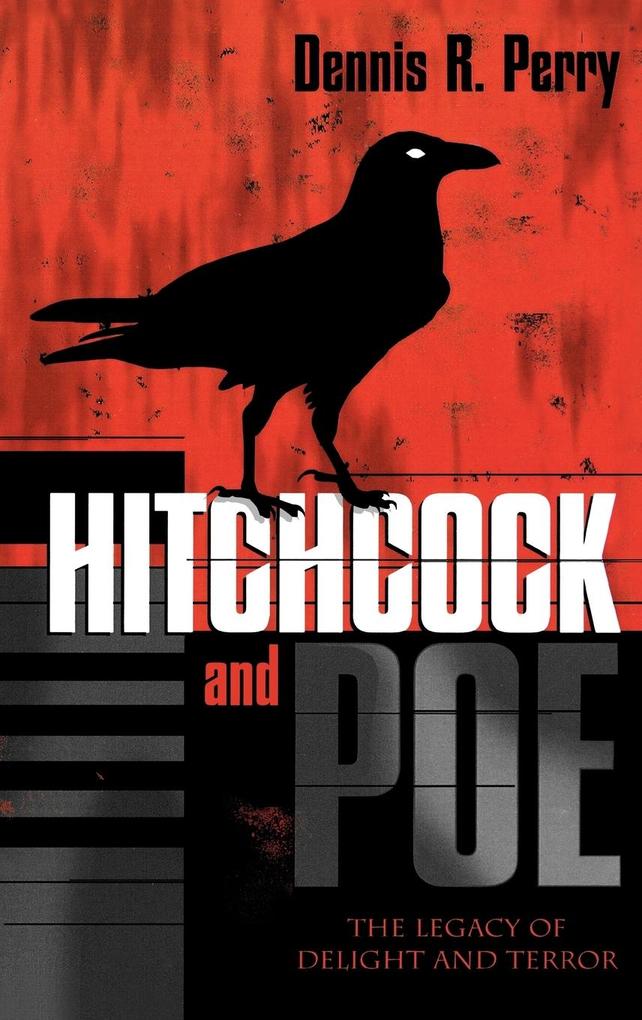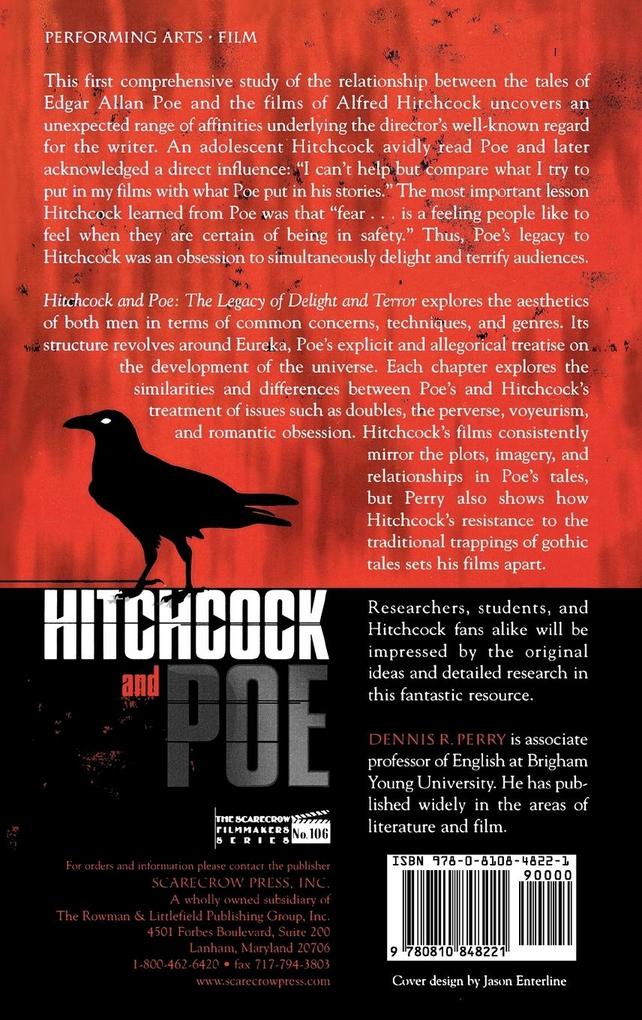This study explores the aesthetic of Poe and Hitchcock in terms of a set of common obsessions, techniques, and genres. The structure of the study revolves around Eureka, Poe's explicit and allegorical treatise on the development of the universe. Each chapter explores the similarities and differences between Poe's and Hitchcock's treatment of such issues as doubles, the perverse, voyeurism, and romantic obsession. While Hitchcock's films consistently mirror plots, imagery, and relationships within Poe's tales, Perry also shows how Hitchcock's resistance to the traditional trappings of gothic tales sets his films apart from the works of Poe and gives them a unique touch.
Inhaltsverzeichnis
Part 1 Preface
Part 2 1. Introduction: Hitchcock and Poe
Chapter 3 Eureka and Hitchcock's Canon
Part 4 2. Ratiocination: Original Unity
Chapter 5 "The Purloined Letter" and Murder
Part 6 3. Apocalypse: Crises of Fragmentation
Chapter 7 "The Masque of the Red Death" and The Birds
Part 8 4. Inexplicable Predicaments: Diffusion from the Center
Chapter 9 "The Pit and the Pendulum" and North by Northwest
Part 10 5. Doubles: The Universe of Others
Chapter 11 "William Wilson" and Strangers on a Train
Part 12 6. Imps of the Perverse: Diffusion from the Self
Chapter 13 "The Tell-Tale Heart" and Rope
Part 14 7. Voyeurism: Eyes of the Perverse
Chapter 15 "A Man of the Crowd" and Rear Window
Part 16 8. Romantic Obsession: Return to Transcendence
Chapter 17 "The Fall of the House of Usher" and Vertigo
Part 18 9. Humor and Horror: Collapsing into Unity
Chapter 19 "Ligeia" and The 39 Steps
Part 20 Annotated Bibliography
Part 21 Index
Part 22 About the Author














